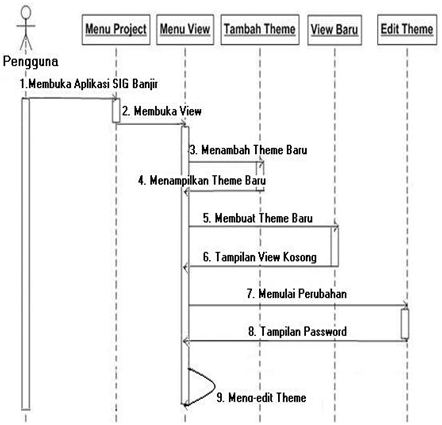

The focus is more on the order in which messages occur than on the message per se. Getting to Know the BasicsĪs mentioned the aim of a sequence diagram is to define event sequences, which would have a desired outcome. This type of documentation is very useful when moving a system to another organization or person. Besides being used to design new systems, sequence diagrams could also be utilized to document how objects in an existing system currently interacts. It is during the design period that developers and architects utilize the diagram to showcase the system’s object interactions, thereby putting out a more fleshed out overall system design. It is when this happens that use cases are often refined into sequence diagrams.Ī company’s technical staff could utilize sequence diagrams in order to document the behaviour of a future system. It is at the requirements period of a certain project that analysts can take use cases to the next level by offering a more formal level of refinement. In addition to this, a business-level sequence diagram may also be used as a “requirements document” to showcase the prerequisites for a future system implementation. While there is the assumption that Sequence Diagrams were made for developers, the truth is that a company’s business staff could use such diagrams to communicate how exactly the business presently currently works by illustrating how the different business objects interact. As most developers know, a sequence diagram can be defined as an interaction diagram, which illustrates how how processes operate with one another and in what type of order as well. Due to the extensive nature of the subject, we thought it would be apt to break this down into two parts. The structure of this post is such that we will delve into the function of the sequence diagram followed by a look at the basics when it comes to drawing such a diagram. While this particular post focused on Class Diagrams per se, we thought it would be apt to move onto Sequence Diagrams today, which we have also touched on with the post – 10 common Mistakes to Avoid in Sequence Diagrams. We last spoke about UML Diagrams a few weeks back in this post – Understanding the relationships Between Classes.


 0 kommentar(er)
0 kommentar(er)
